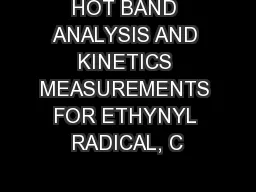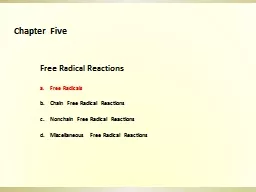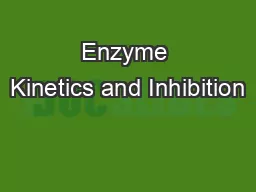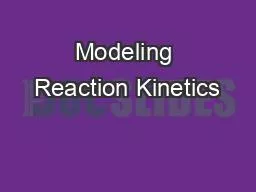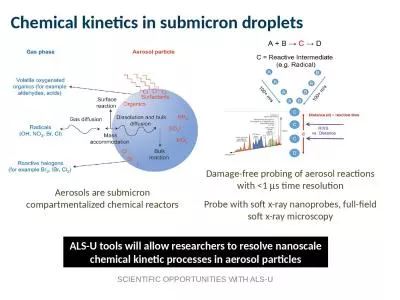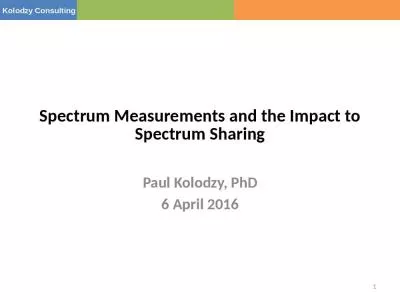PPT-HOT BAND ANALYSIS AND KINETICS MEASUREMENTS FOR ETHYNYL RADICAL, C
Author : pasty-toler | Published Date : 2018-02-20
2 H IN THE 149 m m REGION ANH T LE GREGORY HALL TREVOR SEARS a Division of Chemistry Department of Energy and Photon Sciences Brookhaven National Laboratory
Presentation Embed Code
Download Presentation
Download Presentation The PPT/PDF document "HOT BAND ANALYSIS AND KINETICS MEASUREME..." is the property of its rightful owner. Permission is granted to download and print the materials on this website for personal, non-commercial use only, and to display it on your personal computer provided you do not modify the materials and that you retain all copyright notices contained in the materials. By downloading content from our website, you accept the terms of this agreement.
HOT BAND ANALYSIS AND KINETICS MEASUREMENTS FOR ETHYNYL RADICAL, C: Transcript
Download Rules Of Document
"HOT BAND ANALYSIS AND KINETICS MEASUREMENTS FOR ETHYNYL RADICAL, C"The content belongs to its owner. You may download and print it for personal use, without modification, and keep all copyright notices. By downloading, you agree to these terms.
Related Documents

